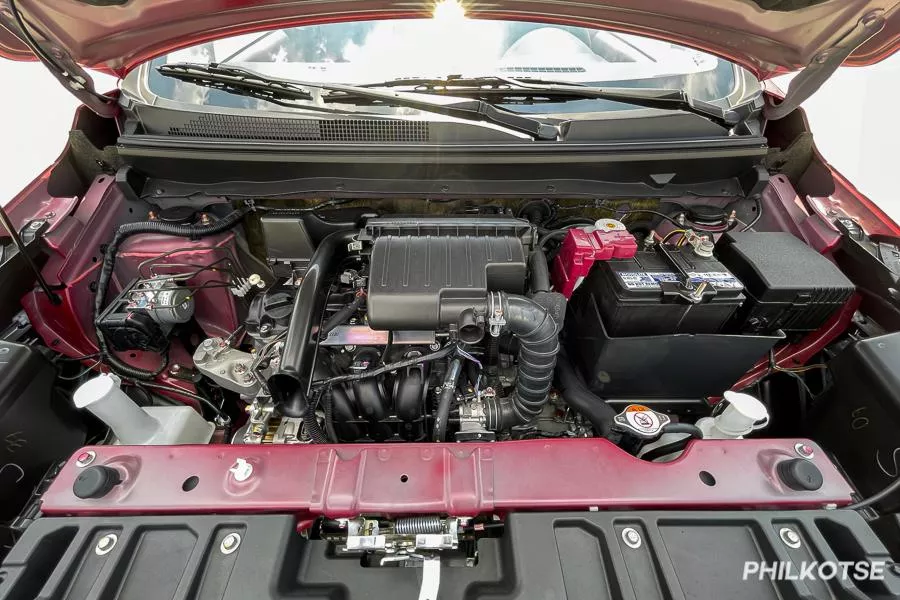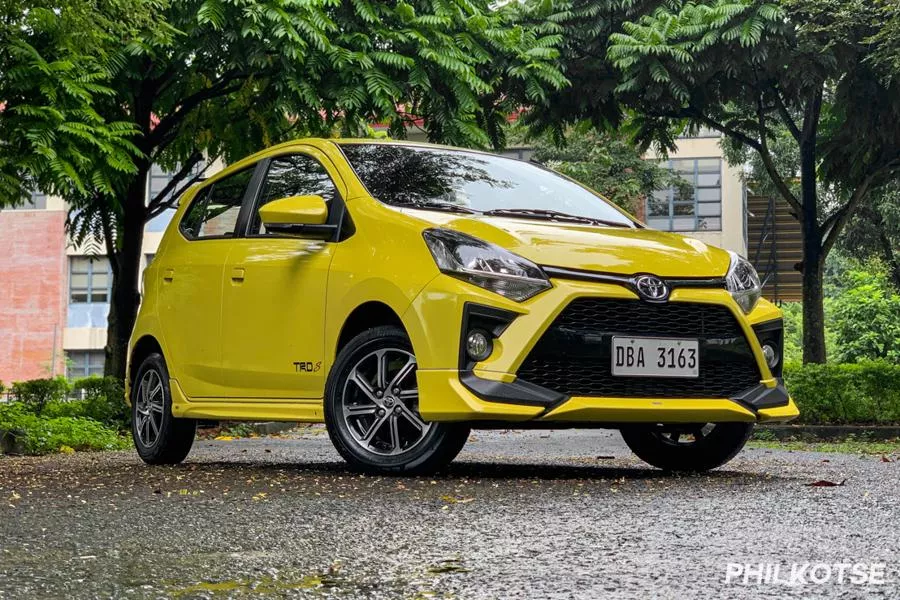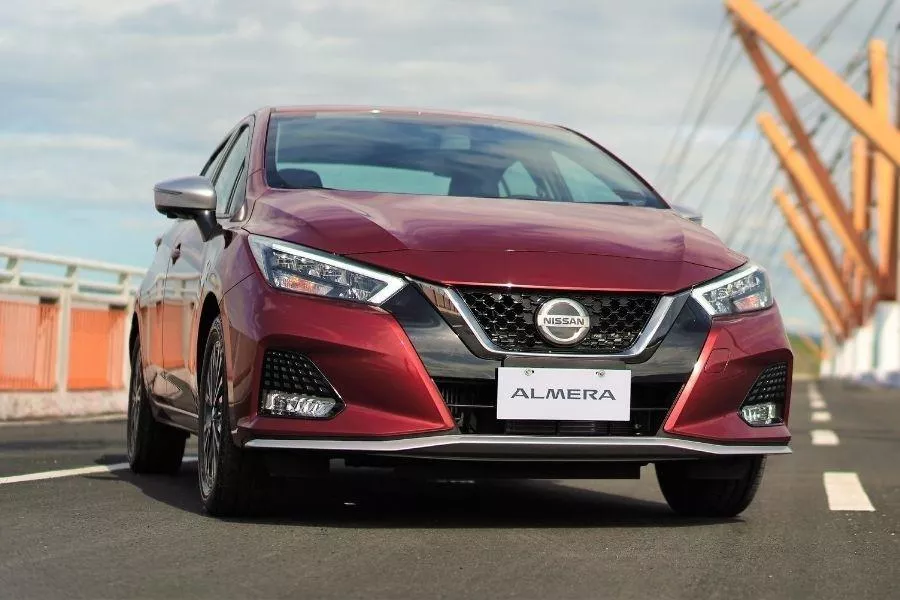If you’re in the market for a new car, you might notice that current releases now tend to have smaller engines than before. From small urban runabouts to imposing SUVs, car manufacturers are leveraging the idea of smaller engines to meet stringent pollution guidelines and appeal to a wider mass market. As mentioned, chief of these supposed benefits is better fuel consumption, but is it always so?

Smaller engines are becoming the norm with new model releases
The size of combustion engines is based on displacement, or the total volume of fuel and air that the cylinders sweep (or displace) during one complete engine cycle. Modern passenger cars offer between three and 12 cylinders these days, and those with six cylinders upwards are usually arranged in a V configuration for compactness, balance, and power.
Displacement is commonly expressed in units of liters. For instance, an engine with four cylinders that have a capacity of 500 cubic centimeters (cc) or half a liter each, means a total displacement of two liters. Even the bore (or the cylinder’s diameter) and stroke (which is the distance the piston travels inside the cylinder) also determine an engine’s displacement.

The vehicle's weight should still be adequately supported by the engine's output
Simply put, the higher an engine’s displacement or capacity, the more fuel it consumes since it draws in larger amounts of fuel and air. If that’s the case, will a smaller engine result in better fuel consumption? Yes and no.
Yes, because reducing the number of cylinders will logically mean displacing less fuel and air across all cylinders. No, because if a given vehicle is too heavy for a small engine’s displacement, the driver will only end up stepping on the gas pedal more often, negating any fuel savings that would otherwise be possible in theory.

New releases carry turbocharged engines to compensate for the smaller displacement in terms of power
Many automakers find ways to work around this, such as bolting on a turbocharger to the engine (to force more air for combustion without having to increase displacement) or making the car as aerodynamic as the design allows. But apart from doing your research when prospecting for a vehicle, it also pays to be conscious about your driving habits if fuel efficiency is your long-term goal.
Find more tips for beginner car owners at Philkotse.com.












